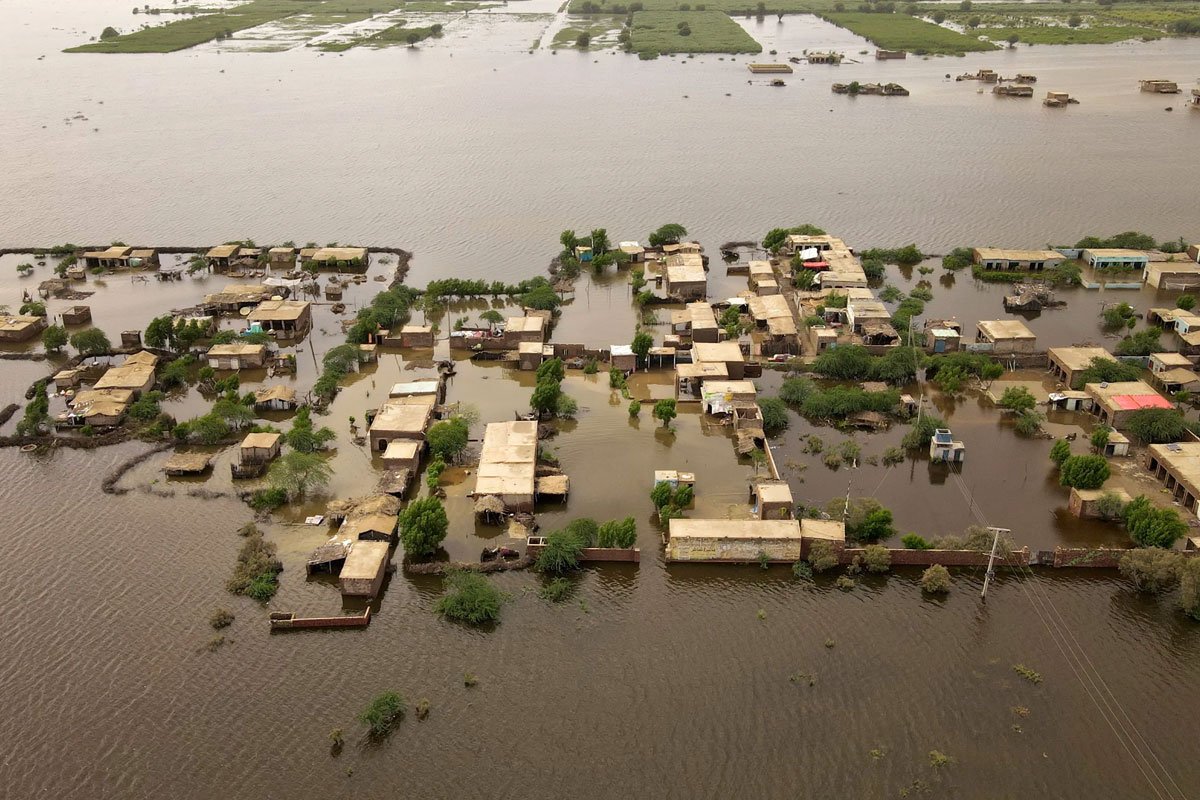A number of communities, agriculture fields, livestock and business centers were devastated during the flow of flash floods of 2025.
Punjab, Sindh Still Under Water of Floods 2025. Pakistan’s Punjab and Sindh Provinces continue to remain under water after havoc by flash floods of 2025. The floods of 2025 began on June 26, 2025, when the first wave of floods hit Khyber Pakhtunkhwa (KP), Gilgit-Baltistan (GB) regions. By some means, the floods of 2025 were similar to the 2022 flash floods in Pakistan. In 2022, nearly 27.7 million children were at risk from disastrous floods.
Widespread Devastation in Punjab
The province of Punjab is experiencing one of the worst flood disasters in its history. More than 4.7 million people across 27 districts have been affected, with nearly 4,800 villages submerged. Flooding has displaced around 2.4 million individuals, and tragically, close to 1,000 lives have been lost nationwide.

Massive volumes of water from overflowing rivers — Ravi, Sutlej, and Chenab — breached embankments, inundating thousands of acres of farmland. The scale of destruction includes over 9,200 damaged homes, numerous destroyed bridges, and hundreds of kilometers of roads washed away, severely impacting relief efforts.
Agriculture & Livestock Losses
Over 2.2 million acres of farmland are underwater in Punjab alone. Key crops such as rice, cotton, sugarcane, and maize have been severely damaged. Preliminary estimates indicate a loss of 60% in rice yields, 35% in cotton, and 30% in sugarcane, particularly across central and southern Punjab.
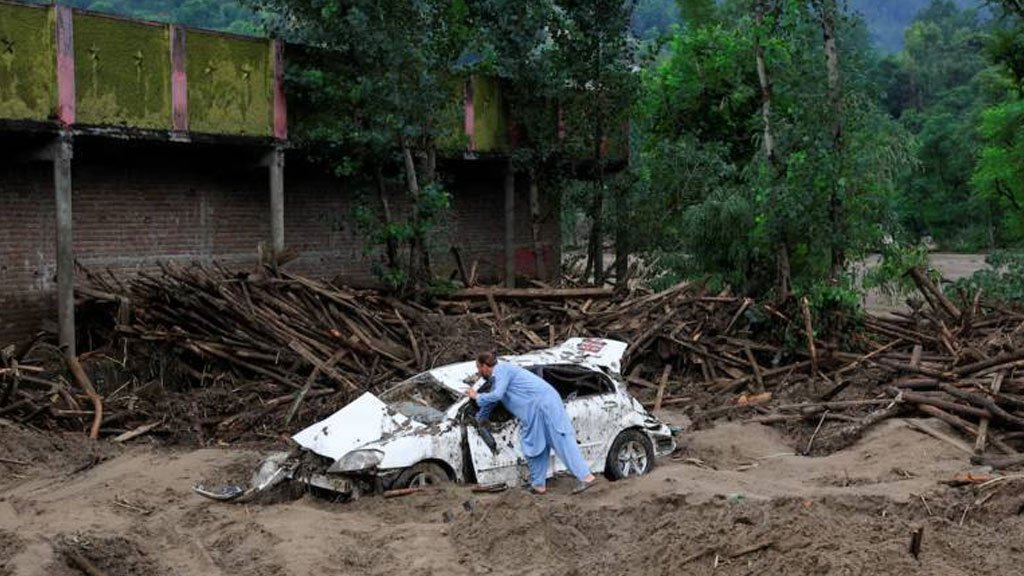
More than 1.6 million livestock have either perished or been displaced, dealing a heavy blow to rural livelihoods and food security. The agriculture sector has already suffered economic losses exceeding Rs 302 billion, while total damages across all sectors, including infrastructure, homes, and transport, have crossed Rs 409 billion.
Emergency Response in Punjab
The provincial government declared a state of emergency and initiated what officials are calling Punjab’s largest flood relief operation. Over 600,000 people and nearly half a million livestock have been evacuated from high-risk zones.
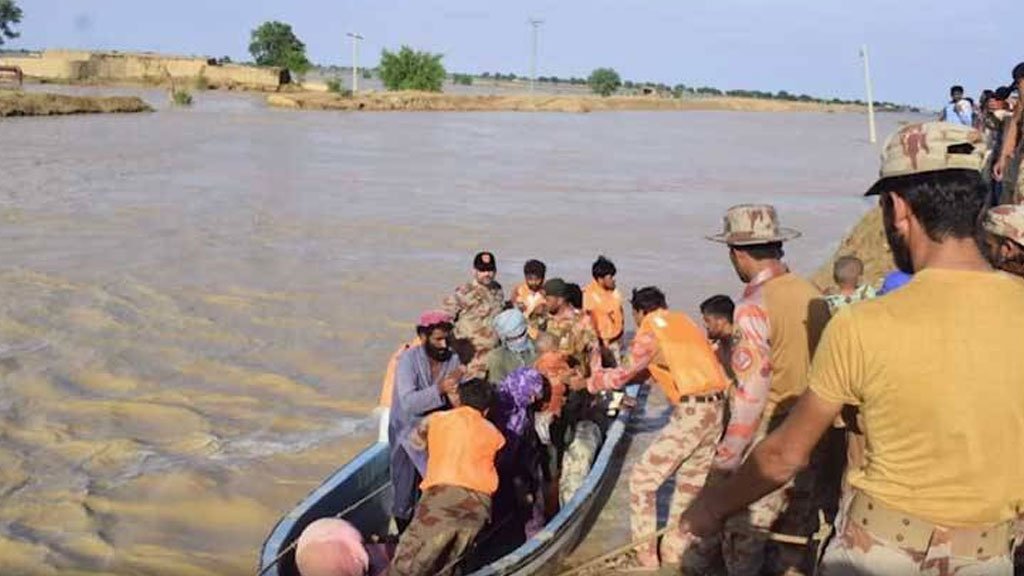
More than 260 relief camps and 160 medical camps are operational across the province. Rescue 1122, the Pakistan Army, and district administrations are engaged in 24/7 rescue operations using boats, helicopters, and mobile medical units.
Worsening Situation in Sindh
In Sindh, flooding has intensified due to heavy monsoon rains and the release of upstream floodwaters. Districts such as Sukkur, Ghotki, Khairpur, Dadu, and parts of Karachi have been hit by both riverine and urban flooding.
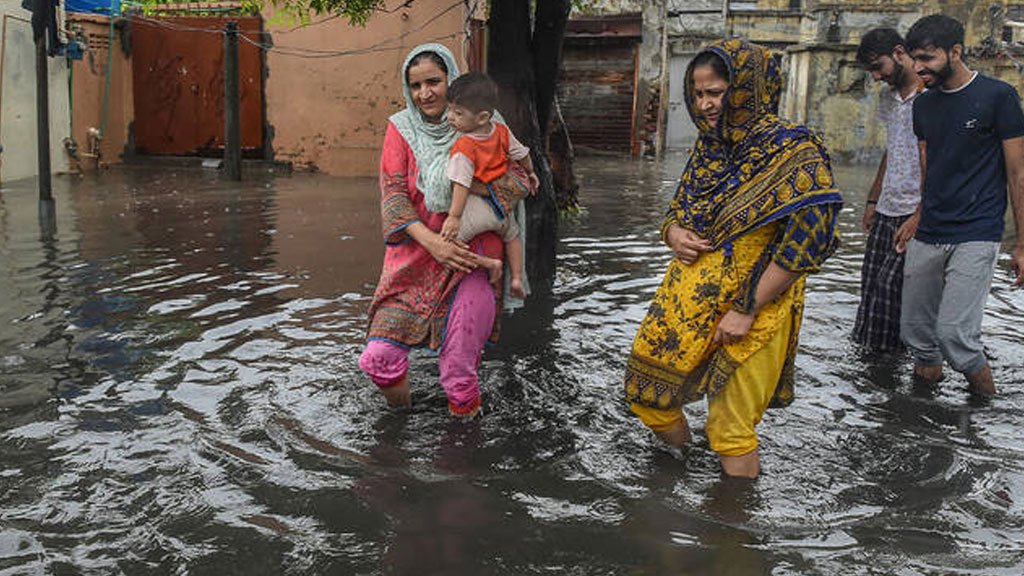
Thousands of mud houses have collapsed, and large swathes of standing crops have been washed away. Breaches in canals and embankments have worsened the situation, isolating entire communities. Major highways and rural roads have become impassable, severely restricting aid delivery.
The Sindh government has mobilized the Provincial Disaster Management Authority (PDMA), local administrations, and health departments. Temporary relief camps have been established, and rescue efforts are underway using boats and mobile units. Emergency repairs to infrastructure are being carried out to restore transport links.
Compensation & Rehabilitation Efforts
Both provincial governments have announced compensation packages for affected populations. Punjab is developing a Rs 500 billion rehabilitation plan to cover home reconstruction, livelihood restoration, and improved flood defenses.
Sindh has also begun disbursing financial aid and is focusing on restoring agriculture, repairing rural infrastructure, and assisting displaced families. Relief operations are paying special attention to vulnerable groups, including women, children, and the elderly.
Health & Sanitation Concerns
With stagnant water across vast areas in both Punjab and Sindh, the risk of disease outbreaks is escalating. Cases of waterborne and vector-borne illnesses such as cholera, gastroenteritis, dengue, and chikungunya are on the rise.
Punjab has launched aggressive anti-dengue campaigns, including fogging operations and door-to-door awareness drives. In Sindh, overwhelmed rural health systems are relying on makeshift medical camps, with urgent distributions of clean water, medicines, and sanitation supplies.
Officials warn that unless sustained medical and sanitation support is provided, the region could face a severe post-flood health crisis.
National Response & Coordination
The federal government, through the National Disaster Management Authority (NDMA), has pledged full support. Prime Minister Shehbaz Sharif has emphasized unified national action and directed the deployment of relief goods, rescue teams, and funding across the hardest-hit areas.
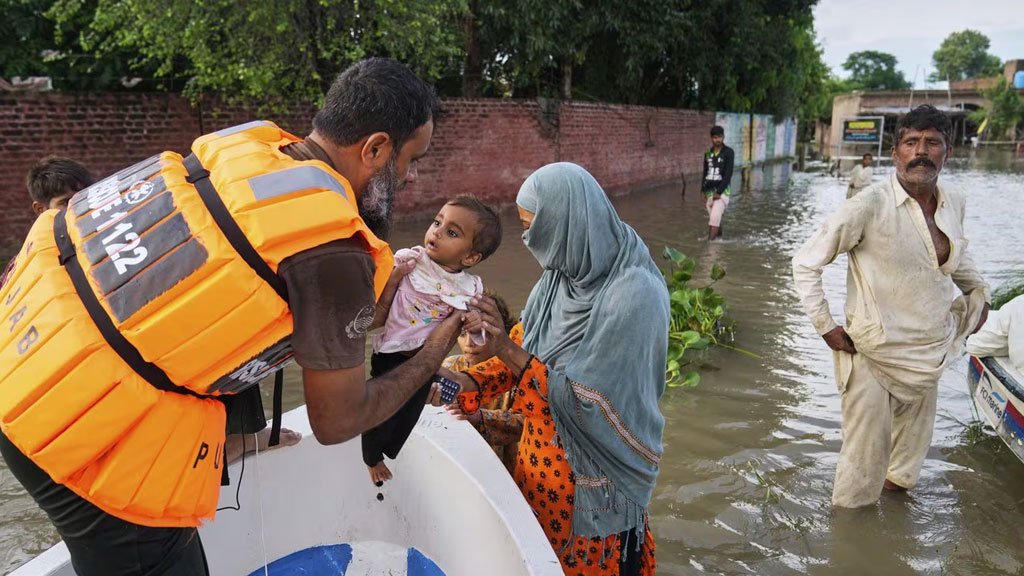
Despite these efforts, access remains a major challenge in several regions still cut off by floodwaters. Continued rainfall in the coming weeks may further strain already fragile relief operations.
Building Climate Resilience for the Future
As floodwaters begin to slowly recede, focus is shifting toward long-term recovery and climate adaptation. Experts and government officials are urging reforms in water management, embankment systems, and disaster forecasting technologies.
The 2025 floods have exposed Pakistan’s increasing vulnerability to extreme weather events. With rising concerns about soil salinity, delayed Rabi crop sowing, and soaring food inflation, the pressure is mounting to act decisively. One important aspect remains the inability of the government to utilize weather forecasting systems. For instance, Pakistan Failed at Using $188 Million Grant to Forecast Weather Disasters. The failure is attributed to governance failure, weak planning and bureacratic mismanagement. Thus, much of the funding never translated into real improvements.
Overall, there is a dire need to take concrete steps for disaster control through precautionary measures. Thus, Sustainable planning, international support, and urgent climate resilience investments are now essential to prevent future disasters and secure the livelihoods of millions.

